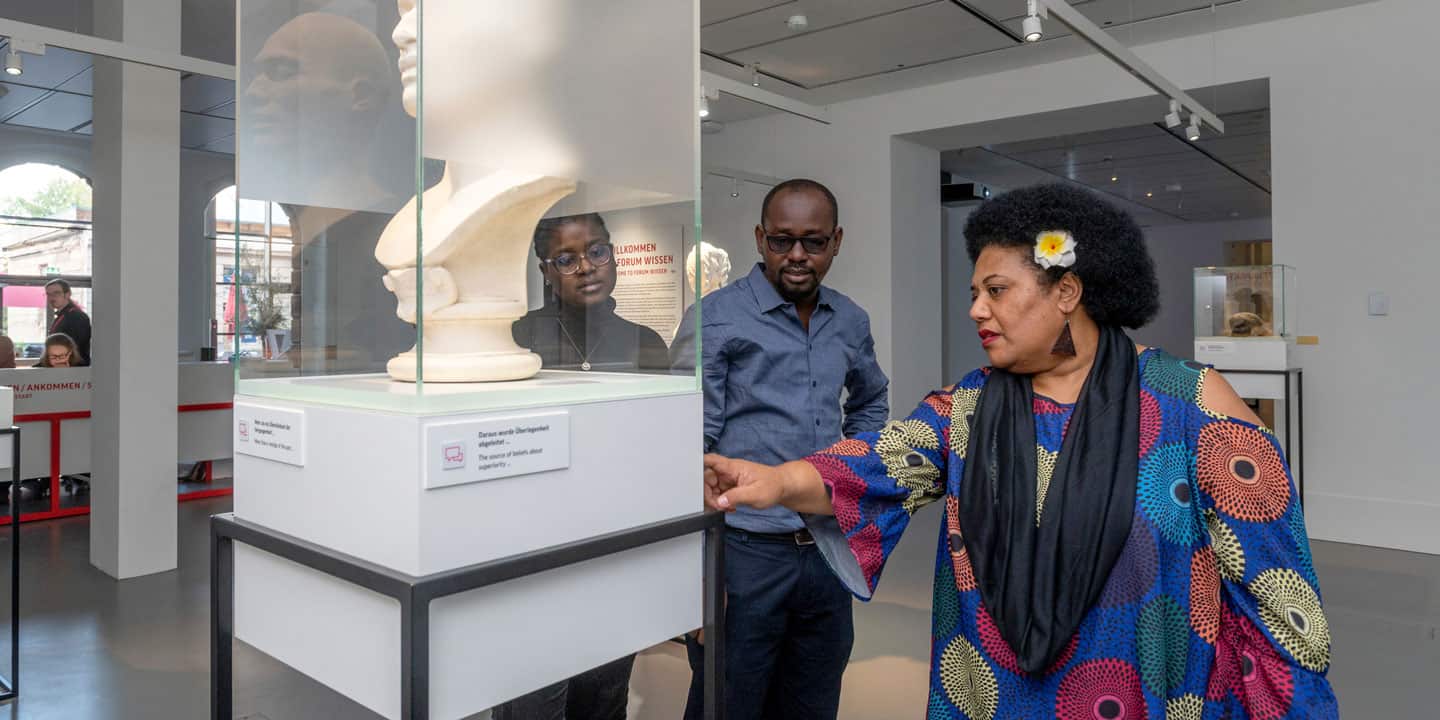Doctor Tarisi Vunidilo has emerged as a leading voice in the growing movement across the Pacific in recent years to repatriate Pacific treasures, as well as human remains from museums across Europe and other parts of the world.
“Indigenous groups around the world [want] the repatriation of their cultural objects, funerary materials and human remains taken away with or without their ancestors’ consent, as a way of reasserting their cultural rights and in rediscovery of their roots and identity,” she said.
Vunidilo is a Fiji-born archaeologist . . .
Please Subscribe to view full content...
